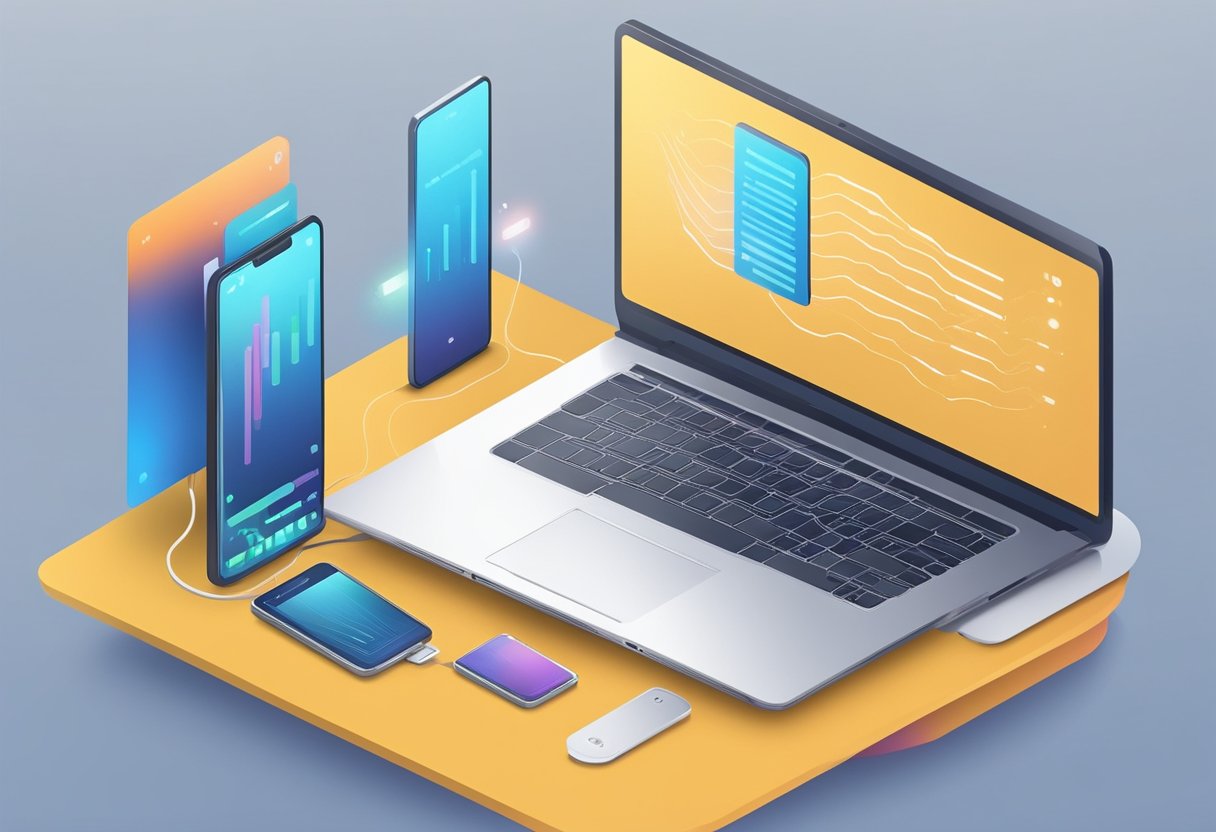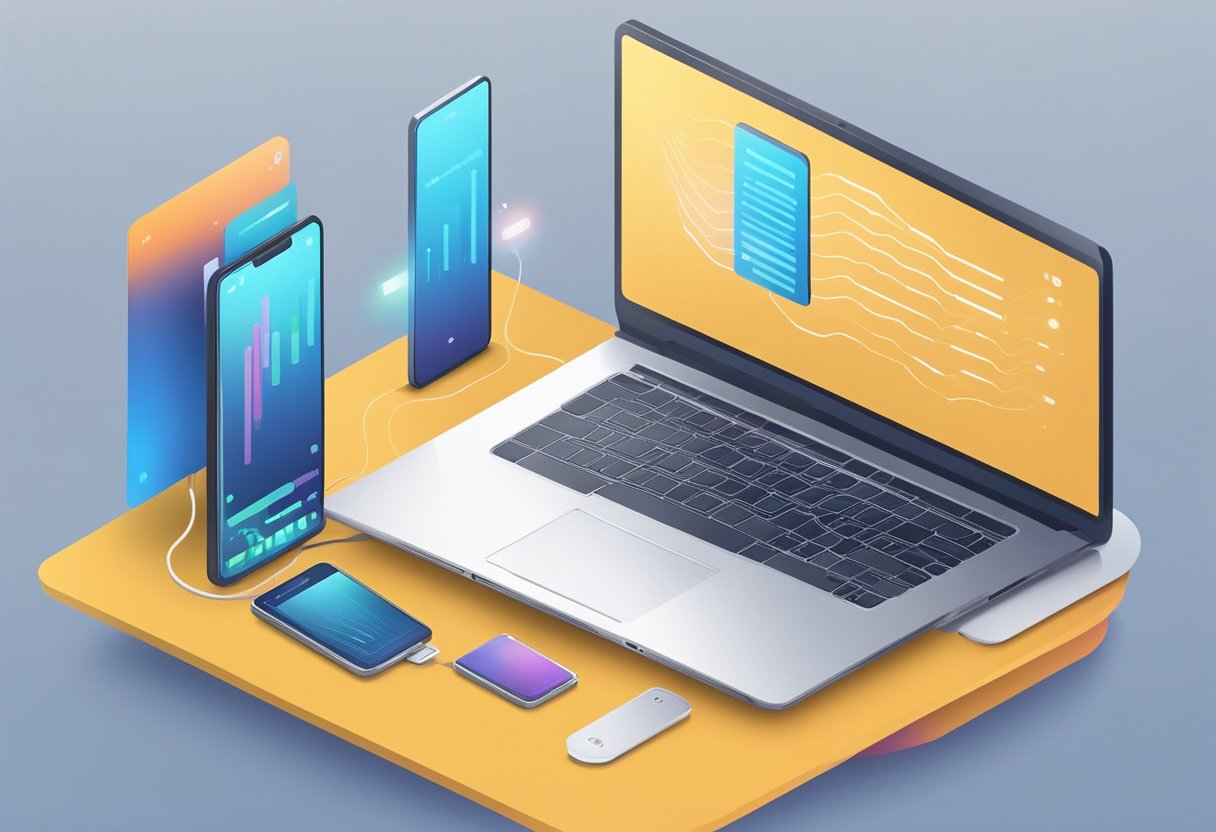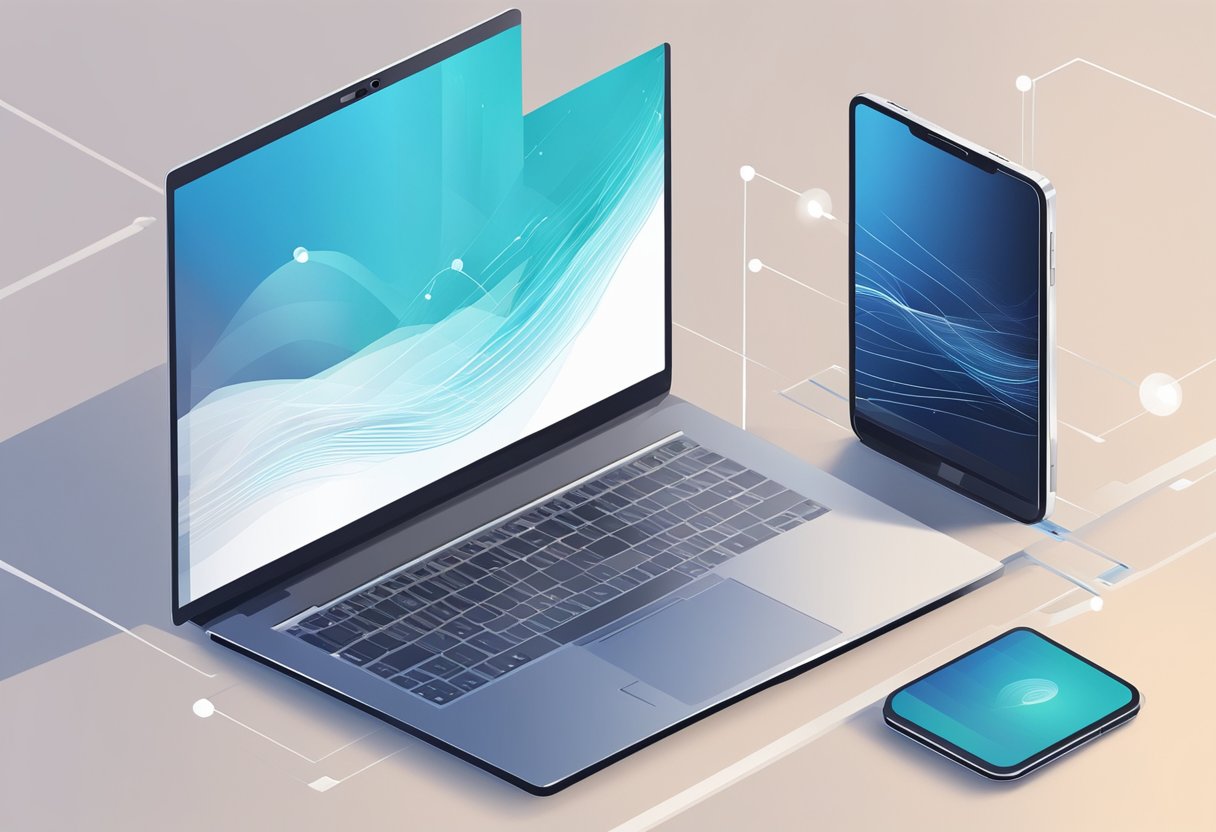
When discussing data consumption, a common question arises about whether laptops consume more data than mobile phones. Both devices have different hardware configurations, operating systems, and typical use cases, which contribute to how much data they use. Laptops usually offer more powerful processors, larger screens, and are often used for data-intensive tasks such as video streaming, downloading large files, or running complex applications. These factors can lead to higher data usage compared to mobile phones.
Content of the page

Mobile phones, on the other hand, are designed with portability and constant connectivity in mind. They tend to utilize data more efficiently, have smaller screens, and often run mobile-optimized applications that are designed to use less data. Data usage on mobile devices further depends on the user’s behavior, such as the choice of apps, the quality of media consumed, and the use of data-saving features.
Analyzing data consumption requires understanding various aspects like the resolution at which videos are streamed, the quality of music, the nature of app activities, and background data usage. Data consumption can also vary depending on whether the device is connected to Wi-Fi or using mobile data. It is crucial to consider these variables when comparing the amount of data used by laptops and mobile phones.
Data Consumption Basics

Understanding data consumption is essential for making informed choices regarding the use of digital devices. This section lays out the foundational concepts behind data usage and compares how different devices, such as laptops and mobile phones, utilize data.
Definition of Data Consumption
Data consumption refers to the amount of data transferred over a network when a device accesses online content or services. This includes the data sent (upload) and received (download) during internet activities such as browsing, streaming, emailing, and app usage. Data usage is typically measured in bytes, with common larger units being kilobytes (KB), megabytes (MB), and gigabytes (GB).
Comparing Devices
When evaluating the data consumption of devices such as laptops and mobile phones, several factors must be considered:
- Default Settings:
- Laptops often have higher default settings for video playback quality and software updates, potentially consuming more data.
- Mobile phones may have data-saving measures in place, like optimized versions of apps and the capability for users to set data usage limits.
- Screen Resolution and Size:
- Higher resolution screens on laptops usually demand higher quality content, leading to increased data usage.
- Smaller screens on mobile phones can be paired with lower-resolution content, conserving data.
- User Behavior:
- Users might engage in data-intensive activities on laptops more frequently, such as downloading large files or accessing high-definition video content.
- Mobile users often engage in browsing and social media, which can be less demanding on data, but may have increased usage time.
Factors Affecting Data Usage
Data usage on devices can vary significantly due to hardware capabilities and software efficiencies.
Hardware Differences
The components within laptops and mobile devices have a direct impact on data usage. Laptops generally have more powerful hardware, allowing for higher-quality media streaming and faster downloads, which can consume more data. Conversely, mobile devices are often equipped with processors that are optimized for lower data consumption to accommodate mobile data plans.
- Laptop:
- Higher resolution screens often default to higher streaming quality.
- Faster processors can lead to quicker loading of high-data content.
- Mobile Devices:
- Smaller screens may not require high-resolution video for a satisfactory viewing experience.
- Processors and radios designed for efficiency to extend data plans.
Software Optimization
Software on different types of devices is optimized for various usage patterns, affecting the overall data consumption.
- Laptop Software:
- Often allows for multi-tasking and running background processes that may use data.
- Browser and application settings may default to higher data usage configurations.
- Mobile Device Software:
- Apps are typically designed to minimize data usage, with options to lower streaming quality.
- Operating systems may include data-saving features like data compressions and Wi-Fi assist.
Laptop vs Mobile Data Usage
In assessing data usage, one must examine how operating systems and application demands vary between laptops and mobile devices.
Operating System Impact
Laptops typically run on operating systems designed for larger-scale operations and multitasking, which can lead to higher background data usage. For example, Windows and macOS often perform more frequent updates and synchronization tasks compared to mobile operating systems.
- Windows 10/11: Automatic updates, cloud sync, and live tiles.
- macOS: Mail fetch, iCloud sync, and photo library updates.
Conversely, iOS and Android are optimized for efficiency on mobile networks, potentially reducing data consumption when performing similar tasks.
Application Data Demand
Applications on laptops may have higher data demands due to their capability to handle more complex tasks and display higher-resolution content.
- Streaming: Laptops stream at higher resolutions compared to mobiles. For instance, video on a laptop can easily consume 3GB per hour at 1080p, compared to 0.7GB on mobile at standard definition.
- Downloading: Software and large files common on laptops can exceed the data use of typical mobile apps.
Mobile apps, however, tend to be more streamlined in data use, often providing options to reduce data consumption through settings, such as lower-quality streaming or downloading over Wi-Fi only.
